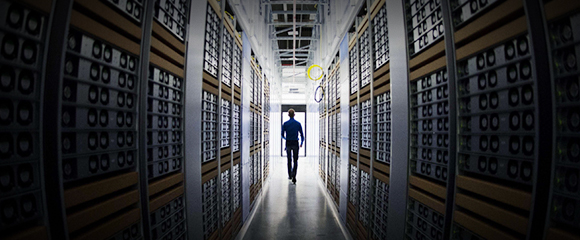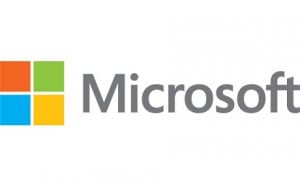Your data could unlock the next big thing
Intel is making it easier to turn big data into big insights The data available to every type of organization is growing at tremendous rates, and...

Just two weeks ago, Delta Faucet Company broke a massive social media campaign for Delta™ Leak Detection, Designed with iDevices™. You’ve probably seen a post or two for the technology that is a combination of connected sensors and software that detects leaks and pushes alerts to owners to minimize loss.
The sudden ubiquity of Internet of Things technology – at home, in the car, in buildings, and on the factory floor – proves its value. Never before has so much information moved so swiftly between so many devices, networks, data centers, and people than is occurring right now.
Now, we’re not suggesting that leak detection is the best and highest use of IoT technology, but we are suggesting that it is big and getting bigger than anyone thought possible a decade ago.
That’s the upside.
But we also have to consider the risks presented by the tens of billions of connected devices forecast to be operating worldwide by the close of the decade – and how to mitigate them.
Just a few short years ago, when people spoke of endpoints they were generally talking about PCs. Back then the greatest risk factor was the people using them. While the human/machine relationship and social engineering hacks still pose a significant hazard, the explosion of machine-to-machine connections presents a whole new set of vulnerabilities you need to address. And if you don’t, hackers are more than ready to exploit them.
You’ve most likely read about researchers or journalists who have hacked into and disabled an automobile or used a cheap webcam to establish a persistent point of access into a network. These real-world, albeit benign, intrusions illustrate the relative ease with which hackers can wreak havoc on your systems if you’re not doing everything possible to thwart them.
Because many IoT devices and their operating systems are not designed with security built-in, it’s important to aggressively target their potential vulnerabilities. Devices that need to be readily accessible over the Internet should be isolated in a discrete network segment, with restricted access to the network. The network segment should be monitored for unusual activity.
The IoT and security experts at Zones can help you analyze and secure your infrastructure, leveraging advanced threat and data loss protection technologies from top-tier partners like Symantec and Intel® Security.
Symantec secures IoT end-to-end, which means authenticating device communications, protecting code and applications, and securing devices from threats. They’re also building on their existing IoT offerings to provide security analytics and an IoT platform in the future. These solutions give organizations a powerful way to detect anomalies, and manage and update devices remotely even in resource-limited environments.
Intel Security protects, detects, and corrects malware fast with multiple layers of protection, including intelligent, collaborative endpoint defenses, intrusion prevention and firewall for desktops and laptops, device control, and more. Intelligent whitelisting through application control protects users from harmful applications and code originating from zero-day threats or advanced persistent threats (APTs).
Your Zones account executive can put you in touch with our IoT and security teams, who can help you safeguard your infrastructure today and into the future.
Intel is making it easier to turn big data into big insights The data available to every type of organization is growing at tremendous rates, and...

Navigating the move from per-processor to per-core licensing With the arrival of Windows Server 2016, customers can soon be running a cloud optimized...

In this day and age, it’s no longer good enough just to stash your company’s data in any old place – we live in an era of data center transformation,...